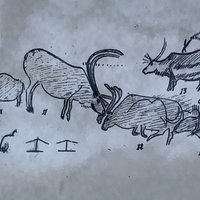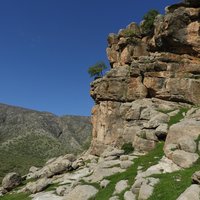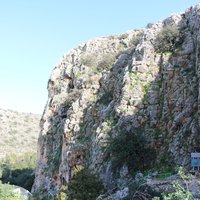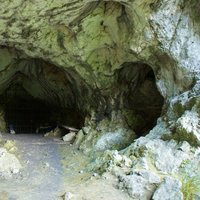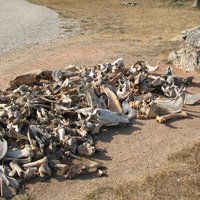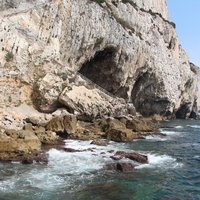Connected Sites
-
Le Moustier: "known for a complete skeleton of the species Homo neanderthalensis that was discovered in 1908" (wiki)
See en.wikipedia.org
-
"Given the fact that human fossils of the era have been found in Bisotun and Shaeeder caves, inhabitants of the time were probably Neanderthal men who have become extinct since about forty thousand years ago." (Nomination file, p. 38)
-
"The nominated series is crucial to our understanding of Neanderthals and anatomically modern humans and their ways of life in this region (...)." – "The proposed reduced series, comprising component parts 1 to 6, testifies to the final phase of Neanderthal presence in Eurasia, the coexistence of the Neanderthals and anatomically modern humans (...)." (AB Ev)
-
"The history of the human occupation of this region is traced back to the Early Stone Age. Archaeologists have found more than 150 Neanderthal sites" (UNEP-WCMC)
See world-heritage-datasheets.unep-wcmc.org
-
OUV crit iii: "the site demonstrates the unique existence of both. Neanderthals and Early Anatomically Modern Humans (EAMH) within the same Middle Palaeolithic cultural framework, the Mousterian."
-
La Roche-Cotard cave: contains the oldest known engravings by Neanderthals. Also, an artifact resembling a mask possibly created by Neanderthals was found here. (wiki)
See en.wikipedia.org
-
"these six caves have revealed a long record of human presence and an earlier Neanderthal presence before that" (AB ev, unspecified)
-
-
OUV crit iii: "Gorham's Cave Complex provides an exceptional testimony to the occupation, cultural traditions and material culture of Neanderthal ..., rare evidence of Neanderthal exploitation of birds and marine animals for food, .... providing continuing opportunities for understanding Neanderthal life, including their capacity for abstract thinking."

